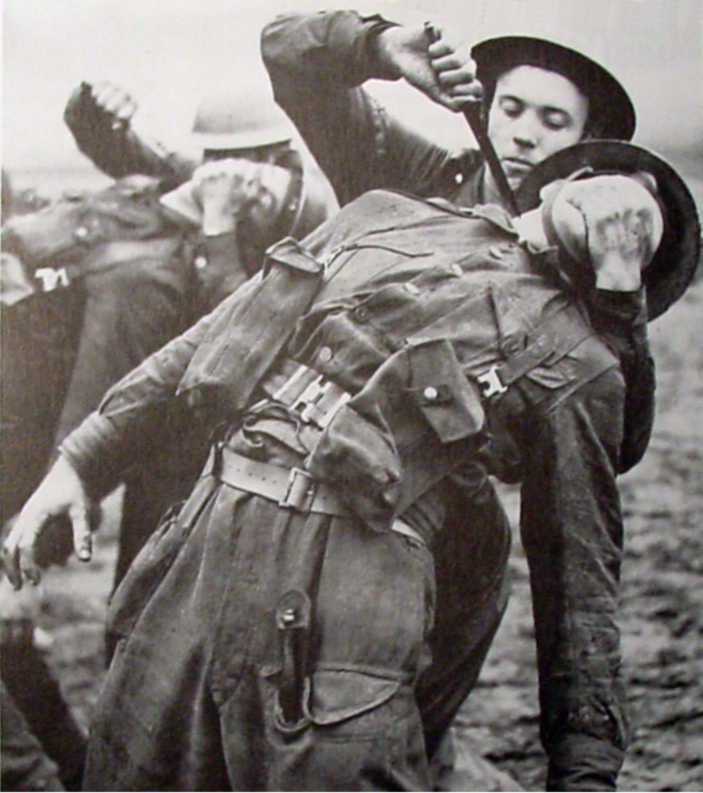Martial D
Senior Master
Ok so, I was the one that initially made the claim that the first hit generally ends a knife fight. Some good points were raised, and examples, of how people can and do keep fighting after theyve been hit, but generally only when they don't KNOW they've been stabbed.
What people that've never been in a high stress life or death situation like that might not realize, is that psychological damage can stop you too. Most people, in my experience, go into shutdown/panic mode once they grok the sight of their own blood.
Now, what this thread DOESNT have is examples to support any given point of view. I have brought a few.
WARNING. THESE LINKS ARE NSFW, do not view with children around, if you are squeamish, or just would rather not see examples of real knife fights.
IF THE MOD TEAM THINKS THIS IS GOING TO FAR, FEEL FREE TO DELETE THIS.
EXAMPLE #1 - machete fight
As soon as the older man is hit, the fight leaves his body.
Example #2
Same here. you can see as soon as the one man realizes he is stabbed, he no longer wants to fight.
Example#3
in this one the man drops as soon as he realizes he's been stabbed
What people that've never been in a high stress life or death situation like that might not realize, is that psychological damage can stop you too. Most people, in my experience, go into shutdown/panic mode once they grok the sight of their own blood.
Now, what this thread DOESNT have is examples to support any given point of view. I have brought a few.
WARNING. THESE LINKS ARE NSFW, do not view with children around, if you are squeamish, or just would rather not see examples of real knife fights.
IF THE MOD TEAM THINKS THIS IS GOING TO FAR, FEEL FREE TO DELETE THIS.
EXAMPLE #1 - machete fight
As soon as the older man is hit, the fight leaves his body.
Example #2
Same here. you can see as soon as the one man realizes he is stabbed, he no longer wants to fight.
Example#3
in this one the man drops as soon as he realizes he's been stabbed

